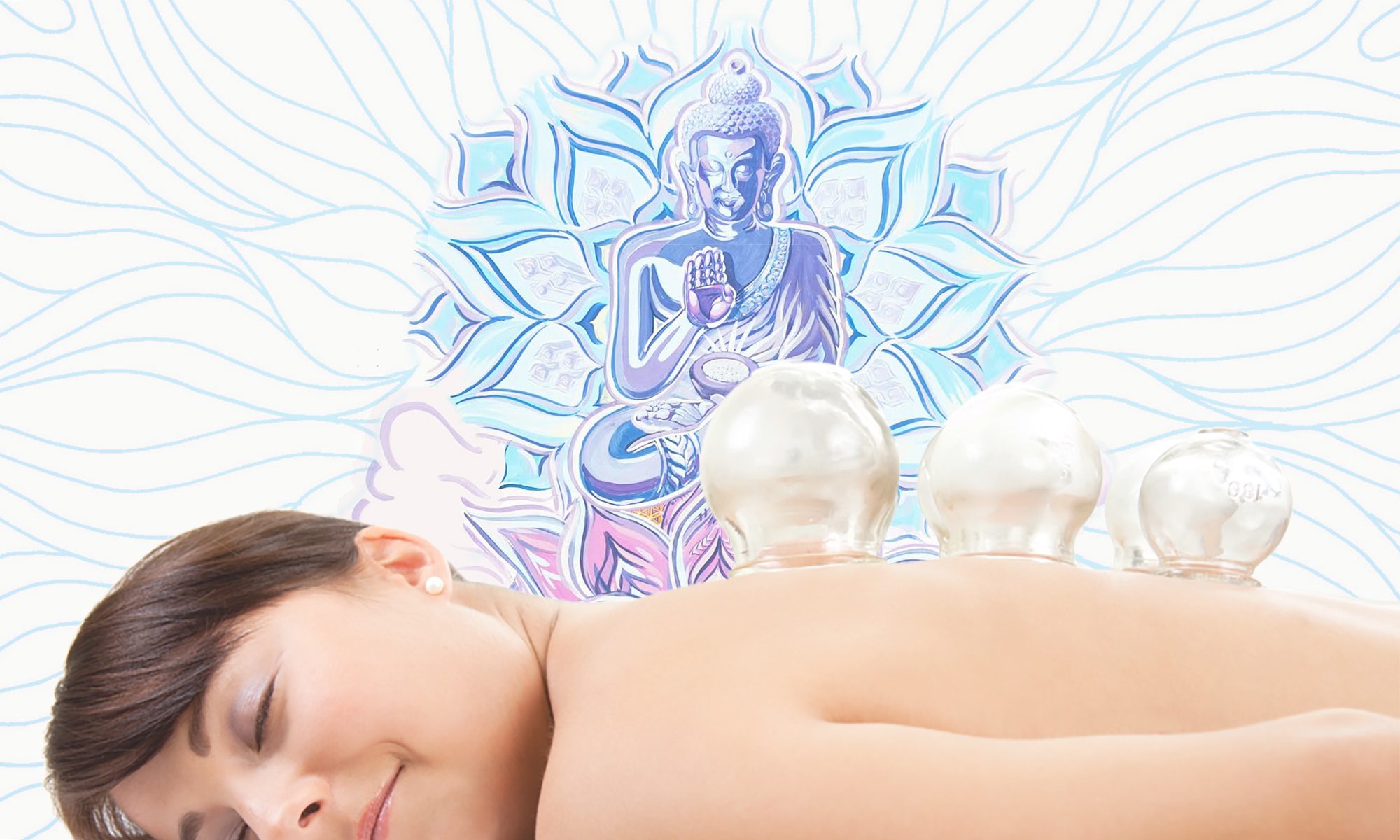 By: Vanessa Vogel Batt, L.Ac., MSTOM
By: Vanessa Vogel Batt, L.Ac., MSTOM
After sustaining an injury, the healing process goes through two stages. The first is called the acute stage and is characterized by redness, swelling, inflammation and pain. The second is the chronic stage in which a patient may experience pain only when overusing the injured body part. Noticeable signs of inflammation may be nonexistent or minimal. In general, acute stages last from a few days to about three weeks, at which point any residual problems and pain are considered to have reached the chronic stage.
Physical trauma resulting from accidents, post-operative conditions, labor, disease or other causes requires different treatment for each stage of convalescence. Acupuncture and Oriental medicine provides comprehensive treatment from the very beginning of an injury all the way until recovery. To help rehabilitate a patient and provide pain relief after an injury, a practitioner may have to resolve a condition known as blood stasis.
Blood stasis, according to the theory of acupuncture and Oriental Medicine, occurs when the flow of blood slows down and blood begins to congeal. The pain associated with this condition is fixed, sharp and with clear boundaries. This means the pain does not change locations and can be located precisely by the patient. A good example of blood stasis is a bruise on the leg. Judging by the color changes on the skin, unpleasant sensations and perhaps some puffiness, it is evident the leg endured a physical trauma. All evidence points to an eruption of blood vessels resulting in a small, visible pool of blood.
For a patient contending with the aftermath of a broken ankle, getting back on one’s feet again may take a variety of therapies to assist in reversing the effects of blood stasis. In order to provide pain relief and help in regaining full mobility and range of motion in the foot, a combination of acupuncture, tui na and moxibustion may be utilized. Tui na is a Chinese form of medical massage and moxibustion, or moxa for short, is a heat therapy.
All three of these therapies can encourage the body to dispel blood stasis by decreasing inflammation and increasing blood circulation. Acupuncture points may be selected near the ankle to induce an immune response at the specific site of injury. Additionally, moxa may be employed to further stimulate this healing process through its curative heat and smoke.
Moxa is made from a dried form of the herb mugwort. A common form resembles a cigar. It is lit at one end and left to burn slowly. The moxa stick is placed near the skin and as the thick smoke and heat permeates into the body, it triggers an immune response. The warmth facilitates the easy, fluid movement of blood. After this portion of the treatment, tui na may be just the right adjunct therapy.
By applying tui na to the area surrounding the injury, blood circulation is further increased. Stiff muscles, along with underused tendons and sinews have a chance to revitalize. Although the massage may feel pleasant, its main purpose is to warm and stimulate blood flow. Not only can massage be applied near the wounded ankle but sometimes it is necessary to use tui na on the opposite leg. To compensate for the injured side, the healthy leg can become overused and require treatment as well, especially during the chronic stage.
https://www.acufinder.com/Acupuncture+Information/Detail/Oriental+Medicine+for+Injury+Rehabilitation+and+Pain+Relief
About the Author: Vanessa Vogel Batt, L.Ac., MSTOM, studied at the Pacific College of Oriental Medicine, and practiced acupuncture and Oriental medicine in New York for several years. Vanessa enjoys traveling the world, and has published articles on acupuncture and Oriental medicine and related health topics for websites and publications in both the U.S. and abroad.
